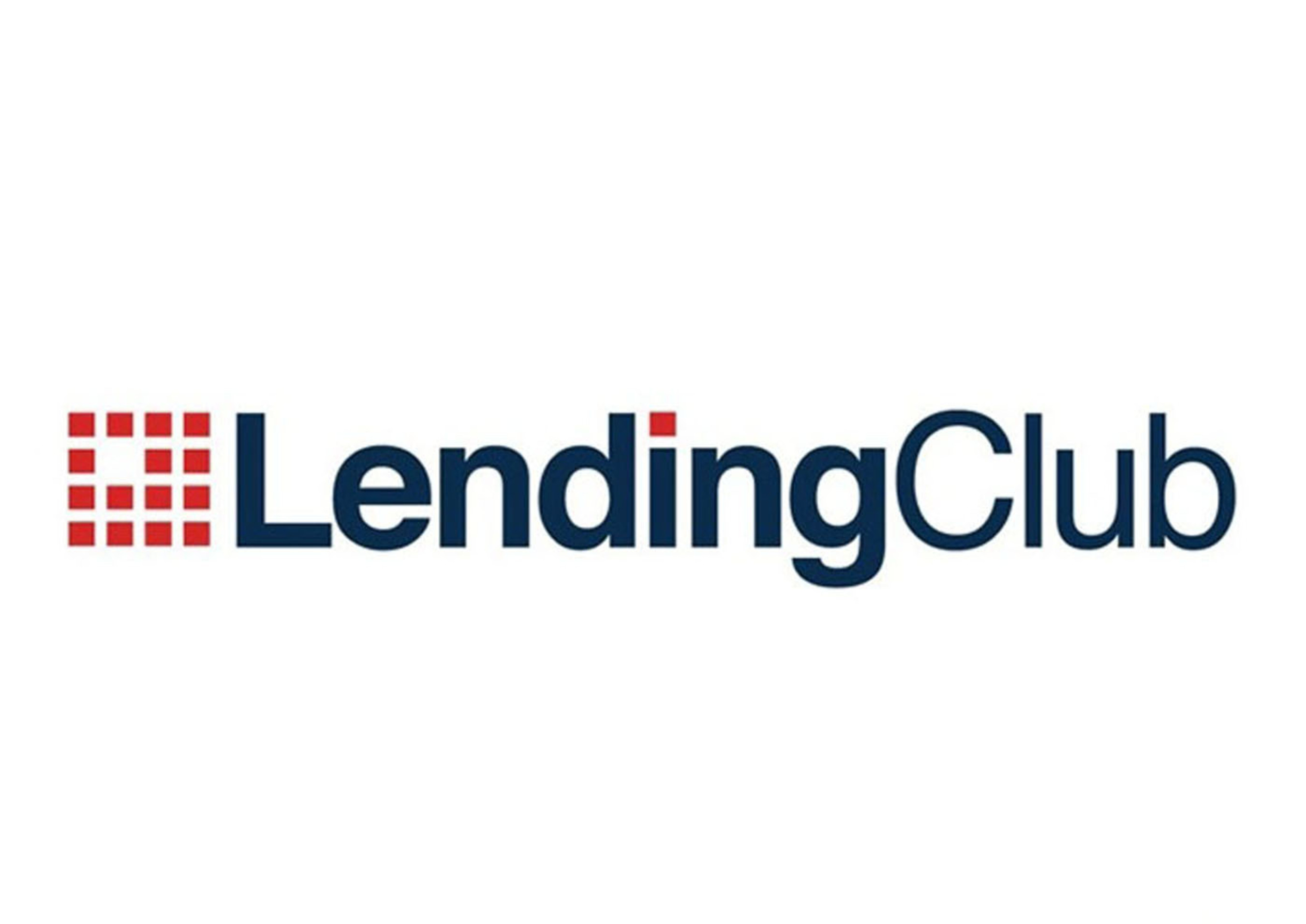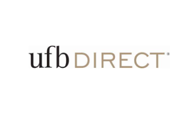If you're free from credit card debt and have disposable income left after paying your high-priority bills, your next step should be saving and growing your wealth.
But with the many options available in today's high-tech financial world, it's hard to know exactly what kind of savings account you should use and when is the appropriate time to start investing.
It's also hard to know what you'll need your money for and when. You might consider buying a house, saving for a baby or going back to grad school — or maybe a combination of all three and then some.
"Generally speaking, you should think about your goals and break them down into categories based on time frame," says Bridget Todd, head of trainer development at The Financial Gym. "From there you can determine how best to allocate your free cash."
Below, CNBC Select spoke with Todd and The Financial Gym founder Shannon McLay about how to map out your savings starting now and looking ahead to your retirement years.
Saving for the life you want
Once you have an emergency fund with three to six months' worth of expenses and your debt repayment is under control, you're in a good financial situation to do a lot more with your money.
Before deciding how much to save and what accounts to use, you should first decide what exactly you want in life, says McLay. Every milestone, dream or ambition comes with a cost that you can prepare for.
"Do you want a travel fund? Are you going to get married? Do you want to buy a home in five or 10 years? Do you want a tattoo?" she asks. Each one of your goals will have a different timeline and require you to think differently about how you're saving and investing the money.
"Tattoos are a big expense," McLay adds, one that's often overlooked by millennials, along with egg freezing and the cost of owning a pet.
Keep cash for goals you want to achieve within the next two years in a low-risk account, such as a high-yield savings account that earns at least 3% interest. You could open a Marcus by Goldman Sachs High Yield Online Savings or an Ally Online Savings account and link it to your checking account to have it when the time comes.
And for goals taking place more than two years from now, consider investing with a brokerage account. It comes with more risk, but since you won't need the money right away, McLay argues that it's worth taking a chance.
Where to put your savings
There are many kinds of savings and investment funds. In general, lower-risk funds yield predictable but smaller growth. Higher-risk funds offer the potential for rapid growth, but you could also lose money as the market goes up and down.
A high-yield savings account is the least risky, because your money isn't invested in the stock market, but it still yields 16x more interest than the national average.
When you're ready to grow your money more aggressively, find a brokerage firm or robo-advisor that works for your lifestyle and personality. "Do you want to be more active in managing your investments, or do you want to set it and forget it?" asks McLay.
A simple app like Acorns links to your checking account and automatically invests spare change. Robo-advisors like Betterment and Wealthfront let you select the length of time for your savings goals and how much risk you want to take on, then you can set up an amount to invest every month. They are usually cheaper (with fees of about .01% to .25% of your earnings) compared to professional financial advisors who charge at least 1%. Other platforms like Ellevest charge membership fees instead of charging a percentage of your earnings.
If you want to take on more of the responsibility yourself, you can set up a brokerage account through firms like E*Trade, Fidelity, Charles Schwab or Vanguard.
"They're a little more work," says McLay.
Investing for short- and long-term goals
When investing in a fund that contains a mix of stocks and bonds, there will be more risk when you own a bigger percentage of stocks. Stocks are typically more volatile, while the bond market is usually more of a moderate risk.
But you shouldn't let the risk scare you, argues McLay: "If your goal is beyond two years, you can weather the ups and downs of the market."
Knowing this, you can put your money into different buckets based on how far away each goal is and how much risk you're willing to take. Investing for medium-term goals (six to 10 years) should be less risky than investing for retirement (more than 10 years away).
Todd provides the following outline as a guide:
Immediate term (zero to two years)
Keep cash savings in an accessible savings account for any life milestones coming up in the next two years. This way, explains Todd, you are not stuck waiting for the movements of the stock market to work in your favor. You can access your money at any time, without worrying about extra tax paperwork or what the market's returns will be. Using a high-yield savings account with interest rates around 1% is not going to earn you the largest return possible, but you should feel comfortable knowing your money is in a stable, FDIC-insured account.
Short term (three to five years)
If you know you are going to need your money in three to five years, consider investing it in the stock market — but more conservatively. "You want to keep at least 40% of your portfolio in bonds," explains Todd.
Medium term (six to 10 years)
"You still want to be somewhat conservative with investing for goals in this time period. But you want to step up the risk a bit in order to improve returns," Todd says.
Todd typically recommends an investment fund comprising of at least 75% stocks for goals in this time frame. Having a portfolio with 25% in bonds helps to mitigate the risk a bit while still helping you aim for higher returns.
Long term (more than 10 years)
"Long term goals, like retirement, require an aggressive allocation, meaning a minimum of 90% in stocks," says Todd, who explains that the stock market has historically doubled every seven to 10 years.
To make the most of your long-term investments, you need to go heavy on the stocks," she explains.
Bottom line
"There's a lot of life to live before retirement," says McLay. "A lot of big ticket items can happen between now and 59 and a half."
And it's important to remember that investing can help you afford them.
You'll have the most success growing your wealth when you have a mix of accounts that are both high and low risk, as well as a mix of short- and long-term goals that you're working toward.
Learn more: Read our full breakdown of the best high-yield savings accounts.
Disclosure: NBCUniversal and Comcast Ventures are investors in Acorns.




